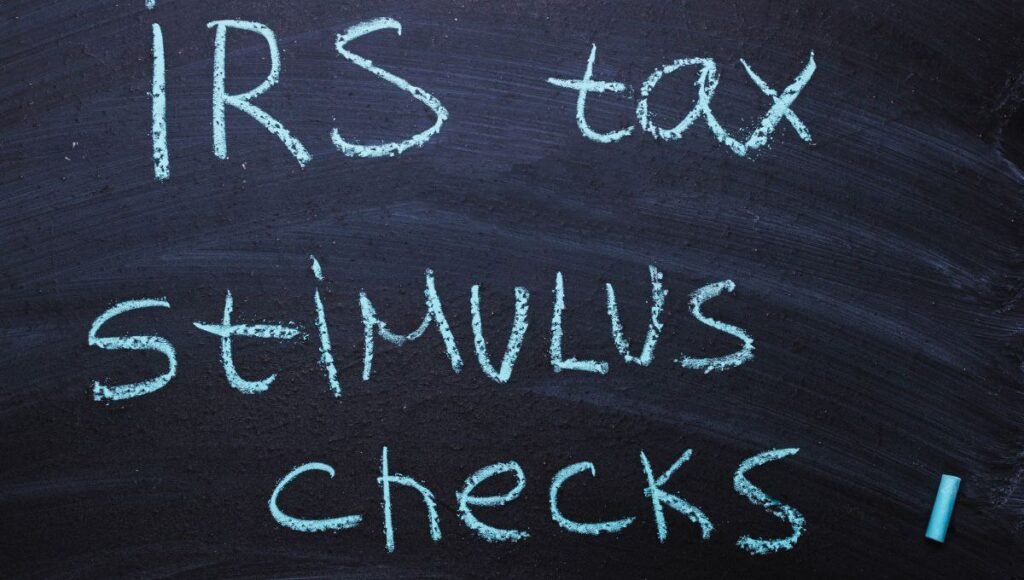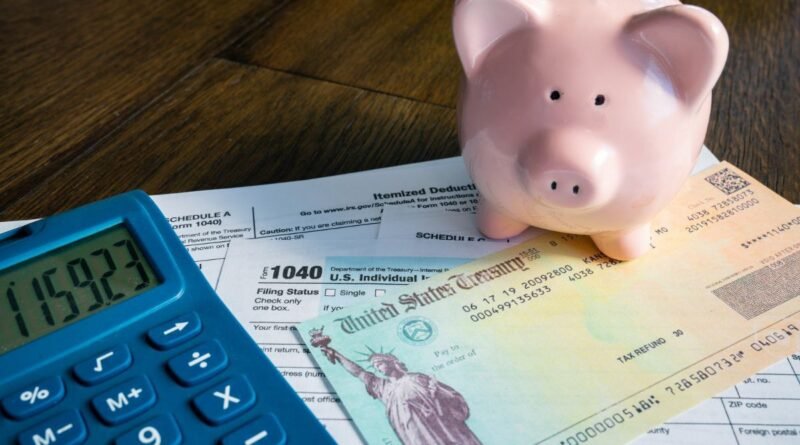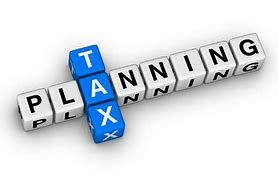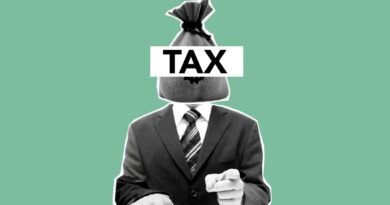IRS Tax: Your Guide to Fourth Stimulus Checks
Hello and welcome to our comprehensive guide to understanding fourth stimulus checks from the IRS. We understand that keeping up with the latest updates on stimulus check updates can be overwhelming, which is why we are here to help. In this section, we will cover all the information you need to know about the fourth stimulus payment, eligibility criteria, and how to track your payment. We will also provide key takeaways at the end of the section to summarize the most important information. Stay informed with us as we navigate the evolving landscape of economic impact payments.
Key Takeaways:
- Fourth stimulus checks are currently being distributed by the IRS.
- Eligibility criteria include income thresholds, filing requirements, and other factors.
- There are tools and resources available to track the status of your payment.
- The IRS tax relief programs are in place to help those affected by the pandemic.
- Stay informed about the latest updates from the IRS to ensure you receive the economic impact payment.
Understanding IRS Stimulus Check Eligibility
When it comes to receiving the fourth stimulus check from the IRS, it’s important to understand the eligibility criteria. Economic impact payments are designed to provide pandemic relief to those who need it most.
Table of Contents
To be eligible for the fourth stimulus payment, you must meet the IRS stimulus check eligibility requirements. These include:
- Being a U.S. citizen or resident alien
- Having a valid Social Security number
- Not being claimed as a dependent on someone else’s tax return
- Filing a tax return for the 2020 or 2021 tax year (depending on the payment date)
- Meeting income thresholds based on your filing status
Depending on your filing status and income level, you may receive a full or partial stimulus payment. The economic impact payment amount is calculated based on adjusted gross income, filing status, and the number of dependents.
It’s important to note that even if you didn’t receive the previous stimulus payments, you may still be eligible for the fourth stimulus check. Make sure to check the IRS website for the latest updates on eligibility requirements and payment status.
Economic Impact Payment
The economic impact payment is part of the coronavirus relief package that was introduced in 2020 to provide financial assistance to those impacted by the pandemic. These payments are intended to stimulate the economy and provide relief to individuals and families in need.
If you meet the eligibility criteria, you will automatically receive the stimulus payment without needing to take any additional action. The payment will be sent to you either by direct deposit, paper check, or debit card.

IRS Stimulus Check Eligibility
To ensure that you’re eligible for the economic impact payment, you need to meet the IRS stimulus check eligibility requirements. These requirements are based on your filing status and income level.
The income thresholds for receiving the fourth stimulus check are as follows:
| Filing Status | Adjusted Gross Income (AGI) | Stimulus Payment |
|---|---|---|
| Single | Up to $75,000 | $1,400 |
| Married Filing Jointly | Up to $150,000 | $2,800 |
| Head of Household | Up to $112,500 | $1,400 |
| Individuals with no dependents | Above $75,000 up to $80,000 for single filers Above $150,000 up to $160,000 for married filing jointly | Partial payment |
Pandemic Relief
The economic impact payments are part of the larger effort by the government to provide pandemic relief to individuals and families. This relief package includes various measures to assist those impacted by the pandemic, including enhanced unemployment benefits, food assistance, and small business loans.
If you’re facing financial hardship due to the pandemic, make sure to explore the resources available to you. The IRS provides tools such as the stimulus calculator to help you determine your eligibility and payment amount. Additionally, there are various tax relief programs that can assist you in navigating these challenging times.
Tracking Your Fourth Stimulus Payment

One of the most important steps in receiving your fourth stimulus payment is tracking its status. The IRS provides several tools and resources to help you stay informed about your payment. Let’s take a closer look at how you can track your stimulus payment status.
Using the IRS Payment Tracking Tool
The first step in tracking your fourth stimulus payment is using the IRS payment tracking tool, also known as the “Get My Payment” tool. This online tool allows you to check the status of your payment and provides an expected delivery date.
To use the tool, you will need to provide your social security number or individual taxpayer identification number (ITIN), date of birth, street address, and zip code. Once you have entered this information, the tool will display the status of your payment and any available updates.
Staying Updated on IRS Payment Updates
In addition to using the payment tracking tool, it’s important to stay informed about any updates from the IRS regarding stimulus payments. The IRS regularly updates its website with information about the distribution process and any changes to eligibility criteria or payment amounts.
You can also sign up for email updates from the IRS to stay informed about the status of your payment. Simply visit the IRS website and enter your email address to receive updates directly to your inbox.
Understanding Direct Deposit Information and Stimulus Payment Eligibility
Another important factor in receiving your fourth stimulus payment is understanding direct deposit information and how it affects your eligibility for payment. If you have previously set up direct deposit with the IRS for tax refunds or previous stimulus payments, your payment will likely be deposited directly into your bank account. Otherwise, you may receive a paper check or debit card in the mail.
It’s important to note that not everyone is eligible for the fourth stimulus payment. Eligibility criteria include income thresholds, filing status, and other factors. Be sure to review the IRS website and eligibility requirements to ensure you meet the necessary criteria.

IRS Tax Relief and Fourth Stimulus Checks
As millions of Americans continue to feel the financial impact of the COVID-19 pandemic, the US government has launched a relief program aimed at providing economic assistance. The Coronavirus Aid, Relief, and Economic Security (CARES) Act was signed into law on March 27, 2020, and later expanded with the Consolidated Appropriations Act, 2021 to include multiple stimulus payment rounds to eligible citizens.
As part of the CARES Act, the IRS has implemented several tax relief measures to ease financial burdens faced by taxpayers. The measures have been designed to provide economic relief for individuals, businesses, and organizations struggling due to pandemic-related challenges.
Coronavirus Relief Package
The coronavirus relief package is a series of measures established by the US government to provide financial assistance to citizens, businesses, and organizations affected by the pandemic. The relief package includes provisions for stimulus payments, paycheck protection programs, and various tax relief measures to help mitigate the economic fallout from the pandemic.
The IRS has stated that fourth stimulus payments will not be subject to federal income tax, meaning that eligible taxpayers will receive the full payment amount without any deductions for taxes owed. However, it is important to note that state and local taxes may apply.
IRS.gov Stimulus Checks
The IRS has provided detailed information on fourth stimulus checks on their official website, IRS.gov. Taxpayers can access the “Get My Payment” tool to track the status of their payment and ensure that their payment information is correct. The online tool is updated regularly, and provides up-to-date payment status information.
Additionally, the IRS has provided an online stimulus check calculator, which allows taxpayers to estimate the amount of their stimulus payment based on their filing status, adjusted gross income, and number of dependents claimed on their tax return. This tool can be useful in helping taxpayers plan their finances and prepare for the economic impact payment.

Tax Relief and Resources
The IRS has implemented several tax relief measures to help citizens and businesses navigate the financial challenges posed by the pandemic. Tax relief measures include deadline extensions for tax filing and payment, adjustments to tax penalties and interest, and more lenient requirements for tax payment installment agreements.
It is advisable to check the IRS website regularly for updates on available tax relief measures. Additionally, taxpayers can seek the help of qualified tax professionals or seek guidance from the IRS Taxpayer Advocate Service to help navigate the tax relief resources available to them.
Conclusion
In conclusion, we hope that our comprehensive guide has been helpful in guiding you through the complex landscape of IRS tax fourth stimulus checks. It’s important to stay informed by checking for updates regularly and utilizing the tools provided by the IRS.
Keep an Eye on Changes
As the economic impact payments evolve, it’s vital to stay alert to changes in tax relief programs and explore available resources. We’re here to support you as you navigate through this evolving financial landscape.
Maximizing Your Economic Impact Payment
By staying informed, you can make the most of the fourth stimulus payment to rebuild your financial well-being. Be sure to take advantage of available programs and resources to maximize the value of your economic impact payment.
Thank you for choosing us as your guide to fourth stimulus checks from the IRS. We wish you the best of luck in navigating the evolving economic landscape and maximizing your economic impact payment.
How do I qualify for the fourth stimulus check?
To qualify for the fourth stimulus check, you must meet the eligibility criteria set by the IRS. This includes factors such as income thresholds, filing requirements, and other considerations. Stay informed about the latest updates on eligibility requirements to ensure you meet the necessary criteria.
How can I track my fourth stimulus payment?
You can track the status of your fourth stimulus payment by using the IRS payment tracking tool. This tool allows you to check the progress of your payment and provides updates on the distribution process. Be sure to stay updated on the latest information and utilize the tracking tool to stay informed about your payment.
Are there any tax implications with the fourth stimulus payment?
The fourth stimulus payment may have tax implications. It is important to understand the tax relief measures associated with the payment and how they may affect your tax situation. The IRS provides resources and guidance on tax relief programs to help you navigate through these complexities. Stay informed about the latest updates from the IRS and consult a tax professional if needed.
Can I receive the fourth stimulus payment through direct deposit?
Yes, you can receive the fourth stimulus payment through direct deposit. It is important to provide accurate direct deposit information to the IRS to ensure a smooth and timely payment. Stay updated on the IRS guidelines regarding direct deposit and ensure your information is up to date to receive your payment through this method.




